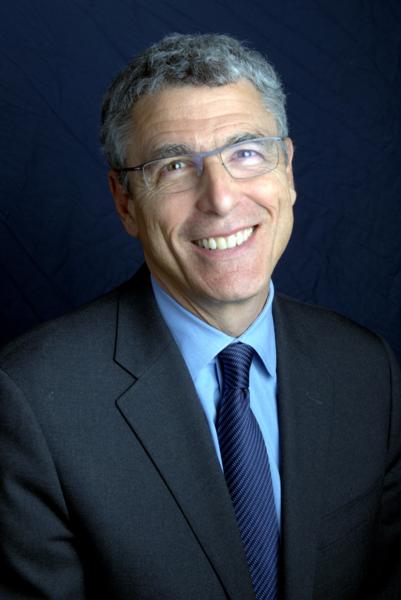
Do you ever wonder why almost all Jews celebrate Passover but when it comes to Shavuot, the numbers are usually meager? Is it because Passover is all about freedom while Shavuot is about responsibility? Or is it because the creatively elastic ritual called seder takes place at home while the more conventional Shavuot is synagogue-based? Or maybe it’s that Pesach focuses a lot of attention on young children? The first ritual act our little ones perform is to ask questions of their elders and then later we count on their sense of the possible as they open the door, believing that Elijah might in fact be there. For too many, bar and bat mitzvah lead to a modern day exodus as young people take their leave of formal Jewish learning before they’ve even had a chance to swim in the proverbial “deep water” of the Jewish tradition.
In the early 19th century, the German Reform Movement understood the limitation of bar mitzvah as too narrowly focused on ritual competence that takes place at too young an age. Brilliantly, they seized an opportunity to create a ritual corrective known as confirmation. Introduced in 1810 in Germany, confirmation provided students with entrée to our tradition’s deeper spiritual and ethical teachings. By 1817, the communal ceremony included both young men and women, the first opportunity for egalitarianism in a Jewish religious ceremony. By the 1850s, the ceremony was associated with Shavuot, giving students an opportunity to “confirm” their commitment to Jewish life and individually affirm a life of Torah.
As I visit congregations all across North America, I’m always eager to see the wall with the photographs of the confirmation classes. In the early years, the black and white photos usually show large classes, with students wearing robes on a bimah decorated with flowers. Scanning the wall to the present, the photos shift to color, and almost always feature smaller classes. The explanation is often that in the early years, the congregation had few if any b’nai mitzvah while confirmation was the main “rite of passage” into Jewish adulthood.
But now that almost all of our children celebrate the ubiquitous bar or bat mitzvah at 13, there is less interest in confirmation. Also, as growing numbers of members within our Movement are immigrants from outside Reform Judaism, many do not have memories of their own confirmation. Some recoil from the name, believing that it must be an import from Christianity, which has led some congregations to rename the ritual Kabbalat Torah, or receiving the Torah. Many congregations still observe confirmation on Shavuot, linking the coming-of-age ceremony with affirming core commitments as a reenactment of the revelation at Sinai. This practice also has kept the holiday alive for many of our synagogue communities.
As our Movement has focused on youth engagement, particularly in the post-b’nai mitzvah years, it is worth noting that in a good number of our congregations, confirmation is alive and well, even as it continues to evolve. While a bar or bat mitzvah, with its emphasis on ritual proficiency, is an individual rite of passage, confirmation highlights the power and challenge inherent in creating sacred community. Its curricula often plumb classic Jewish texts and contemporary philosophy, prompting students to ask the biggest questions: Why do bad things happen to good people? How do I navigate complex moral dilemmas? What are the bedrock values and commitments that will anchor my life? Most confirmation curricula also include a serious social justice component in partnership with the Religious Action Center of Reform Judaism (“the RAC”), and all enrich students’ relationships with their clergy as the young people begin living Jewish lives of depth and purpose.
Although some of our congregations have moved confirmation to the 12th grade, others observe it in 9th or 10th grade. Some have shifted it away from Shavuot to a Friday night or Shabbat in the late spring, but well within the graduation season, a time during which we honor milestones of learning.
Today, two centuries after it began, confirmation represents a deeper, more substantive experience for students. It stands, too, as a source of pride for families and congregations, as well as a foundation upon which communities can build and enrich youth engagement initiatives. Indeed, in the same way that confirmation in the mid-19th century came to represent Reform Judaism’s commitment to renew and reinvigorate our tradition, so, too, can we capture and reclaim innovations from across the Reform Movement today.
